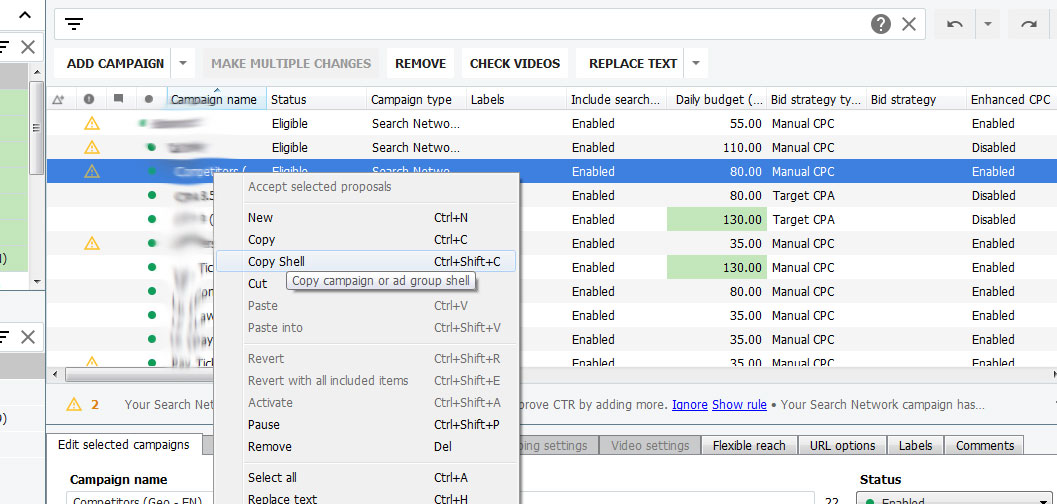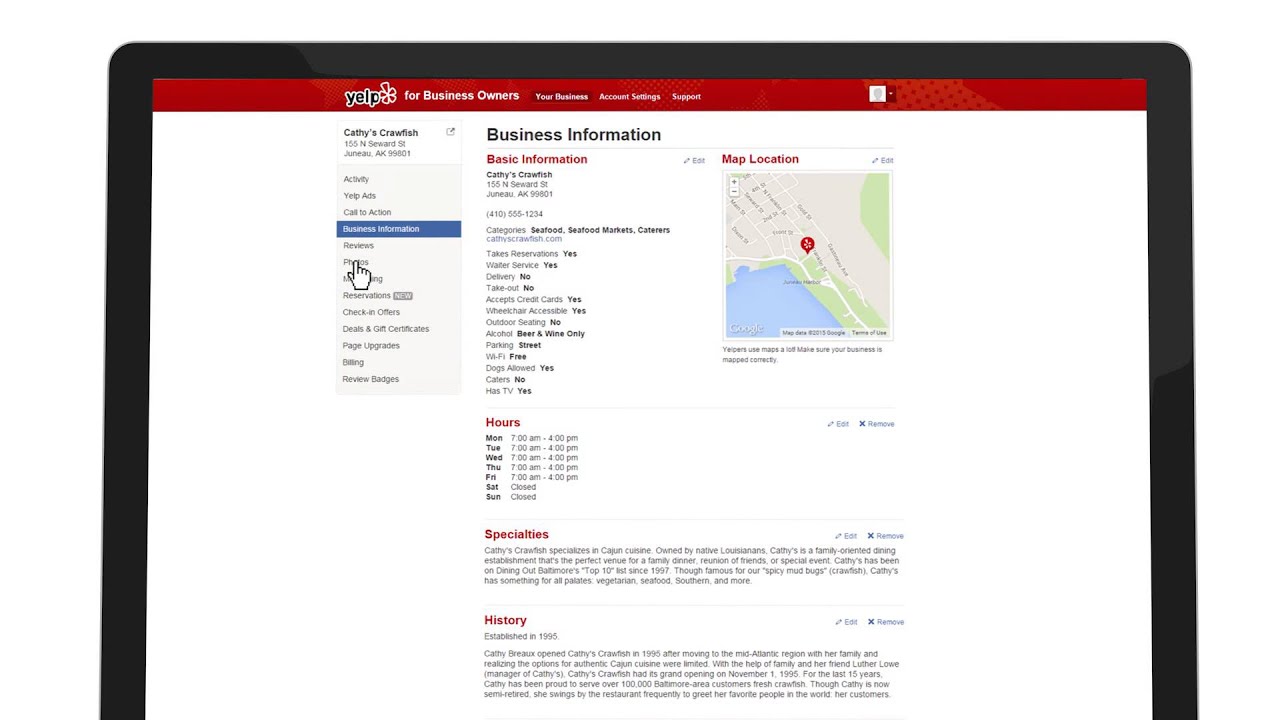
Google Ad Manager is an online tool that allows users to manage their ads. It can be used to create reports and templates. It allows you to create custom reports and templates, as well as manage accounts and assign access. You can also use the tool to create and maintain ad unit, which are the areas of your website or app where ads can be displayed. You can set the size and format for ad units. This tool generates a code snippet which you can use for placing them on your website.
Google Ad Manager's UI
Google Ad Manager is easy to use and has an intuitive user interface. Clear and simple layouts make it easy to see all components of your ad campaign in one place. Besides the main UI elements, you can also view additional information to make your ad campaigns more effective.
Google Ad Manager's interface has been completely redesigned. While the interface is confusing at first glance, many of the older features remain available. For instance, you can still link AdSense and Ad Exchange accounts. To use third-party advertising networks, however, you will need to be authorized as a Service account user.

Features
Google Ad Manager is an online tool that allows you to manage and create ads. It offers custom reporting, video solutions and audience solutions as well as direct support from Google. It allows you to create and manage access points, as well as assign access points. This software allows you to create and track your campaigns, as well as customize them. You can also use this tool to determine how many people click on your ads and how often they click on them.
Google Ad Manager also offers a team feature that allows you to manage users within your account. Multi-advertising agencies or companies can benefit from the use of teams. For large companies, however, it is best to hire an in-house expert to manage all the ad accounts.
Reporting tools
Google Ad Manager has many reporting tools that can be used to analyze your campaigns. You can create reports for week, month, quarter or any other time period. You can also filter results by dimension. The system can schedule reports for you and allow you to share them with others. Export reports can also be done to Excel or CSV.
You can also create ad-hoc reports with the Ad Manager API. These reports include tooltips explaining each column and dimension.

Google Ad Manager 360 - Cost
Google Ad Manager 360 enables publishers to manage inventory as well as create ad campaign campaigns. They can also pull reports on bids and manage bids. Although the tool is completely free for publishers, they will need to pay to purchase additional ad impressions. To find out if they are eligible for a discount, publishers can contact their Google sales representatives.
It is easy to integrate with Google's other products, and it has many benefits. Ad Manager 360 is compatible with Google Analytics to allow dynamic reporting. However, this integration requires the use of both products and requires that the user have the 360 version of both.
FAQ
What is an ad-campaign?
Advertising campaigns are a series or advertisements that promote a product. It can also refer to the whole production of such ads.
"Ad" is a Latin word that means "to sell." Marcus Terentius Varro (116–27 BC), the first known user of the term "ad" used it to mean "to make sales."
Advertising campaigns are usually done by large companies and agencies. Advertising campaigns can involve many media types, such as television, radio, print, and the internet.
Advertising campaigns are typically long-lasting and have clear goals. Some campaigns are designed to increase awareness, while others aim to increase sales.
What are the basics of print advertising?
Print advertising is a good medium to communicate effectively with consumers. Many companies use it to promote products and services. The goal is to get the consumer's attention.
Print ads are typically one page long and include text, images, logos and other graphics. They can also include sound and animation as well video and hyperlinks.
These are the main types of print ads:
1. Brochures – These are large format printed pieces that are intended to draw people into stores. Brochures can often be adorned with brightly colored images and eye-catching designs.
2. Catalogues – These are smaller versions to brochures. They are typically sent to customers who have requested information on specific items.
3. Flyers - These small pieces of paper are distributed at events like fairs and concerts. Flyers can be handed out at retail outlets for a small fee, but are generally free.
4. Posters – These are larger versions than flyers. They are often displayed on walls, fences, or buildings. These are often created with computer software programs to grab the attention of passersby.
5. Direct mail – This is a direct mailing of letters or postcards directly to customers. These are sent periodically by companies to remind current customers about their business.
6. Newspaper Ads - These advertisements are found in newspapers and magazines. They are usually very long and contain text and images.
Why not advertise your business on social media?
Social Media Marketing is a way to reach customers on social media platforms such as Facebook and Twitter. These networks can be targeted with keywords.
Because it is cheaper to market online than traditional advertising methods, this advertising method is more cost-effective. It also allows you to build strong relationships with your current and potential clients.
It is simple to get started using social media for your business promotion. All you need to get started with social media is a smartphone or a computer, and an internet connection.
What is branding?
Your brand is your way of communicating who you are as well as what you stand behind. It is how people will remember your name when they hear it.
Branding refers to creating a brand that is memorable for your company. Branding is more than a logo. It encompasses everything, from the physical appearance of your company to the voice and tone used by your employees.
Customers feel more confident buying from your company if they have a solid brand. They know what they're getting. Customers feel confident in choosing your products to those of their competitors.
Apple is a prime example of a company with a strong brand. Its brand is known worldwide for its sleek design, high-quality products, and customer support.
Apple has been synonymous with technology since its inception. Apple is synonymous with technology.
If you're considering starting a new business, you should consider developing a brand before launching. This will give you and your business a face.
What is an advert buyer?
Advertising space is purchased by an advertiser on TV, radio and printed media.
An advertiser pays for the time they want their message to appear.
They don't necessarily want the best ad, but they are more interested in what is most effective at reaching their target audience.
An advertiser might have details about potential customers, including their age, gender and income.
These data can be used to help advertisers decide the most effective medium. For example, they might decide that direct mail would be more effective with older audiences.
Advertisers also take into account the competition. Advertisers will look at the competition to see if similar businesses are nearby.
Advertisers should also consider how much money they have available and how long it takes to use it.
How can I select my target audience?
Start with yourself, and the people closest to you. You might be unsure where to begin. Ask yourself: "Whom am I trying to reach?"
Ask yourself these questions: Who are the most influential people in my industry? What are their daily problems? Which people are the most intelligent in my industry? They hang out online.
Take a look back at how you started your company. What motivated you to start your business? What problem were you able to solve and how did this happen?
These answers will allow you to determine who your ideal customers are. They will also reveal their personality and reasons for buying from them.
To get clues about who they cater to, you can also check out your competitors' social media pages and websites.
Once you have identified your target customer, you need to decide the best channel to reach them. An example: If you provide services to realty agents, you may create an informational website for home buyers.
A blog that targets small-business owners could be a possibility if you are a software provider.
If you sell clothing, you can create a Facebook fan page for teens. A Twitter account could be set up by restaurant owners to allow parents to search for places that are kid-friendly.
It is important to remember that there are many methods of getting your message across.
What should you know about radio advertising
Understanding the interactions between different media is essential. It is important to understand that all media forms are complementary and not competitive.
Radio advertising can be extended to television. Radio complements television advertising by reinforcing key messages or providing additional information.
Radio listeners may find TV commercials too long. Radio ads tend to be shorter and more affordable.
Statistics
- Worldwide spending on advertising in 2015 amounted to an estimated US$529.43 billion. (en.wikipedia.org)
- This means that at least 50% of an ad needs to be shown on the screen for at least one second. (quicksprout.com)
- In 1919 it was 2.5 percent of gross domestic product (GDP) in the US, and it averaged 2.2 percent of GDP between then and at least 2007, though it may have declined dramatically since the Great Recession. (en.wikipedia.org)
- Nonetheless, advertising spending as a share of GDP was slightly lower – about 2.4 percent. (en.wikipedia.org)
External Links
How To
How to create sponsored ads on Facebook
Facebook has quickly become one the most widely used social networking platforms. There are approximately 1.79 billion monthly active users in the world. The number of users continues to rise each day.
Facebook is completely free. However you can pay to reach specific audiences. You can also use paid advertising options, such as promoted posts or banners.
Log in to an existing app, if you already own one. Click "Create New App" if you don't have an app already registered. Then, follow these steps.
-
Click "Add Platform", under the Apps section.
-
Click Next, and select Advertising.
-
Please fill out this form and send it back.
-
After approval, you will get a Client ID and Secret key. These keys and Client IDs should be copied.
-
Copy the keys and paste them into the fields.
-
Select the currency and enter the name of the campaign.
-
Click "Start Campaign"
-
Follow the steps until the banner appears. Next, copy the URL to return to your Facebook Page.
-
Paste your code in the box provided by Facebook.
-
Click "Save Changes."
-
Your ad should be now live!
-
Repeat steps 10 through 12 for each additional banner you want to create.
-
Once you are done, click "Continue", and continue with the process.
-
Make sure you complete the final step before creating your adgroup.
-
Once complete, click "View All Ads" to see all of your campaigns.
-
To remove any ads, simply click "Remove Ads" next to the individual ad.
-
If you're not seeing any results after running your campaign, check to ensure you followed the directions correctly.
-
Be sure to verify the date range of your campaigns.
-
It is important to budget properly.
-
Save your changes.
-
Before you click "Submit", make sure to review the settings.
-
Your ads will appear on your timeline when you wait.
-
Well done!
-
Let's take a look at some ways to improve your results.